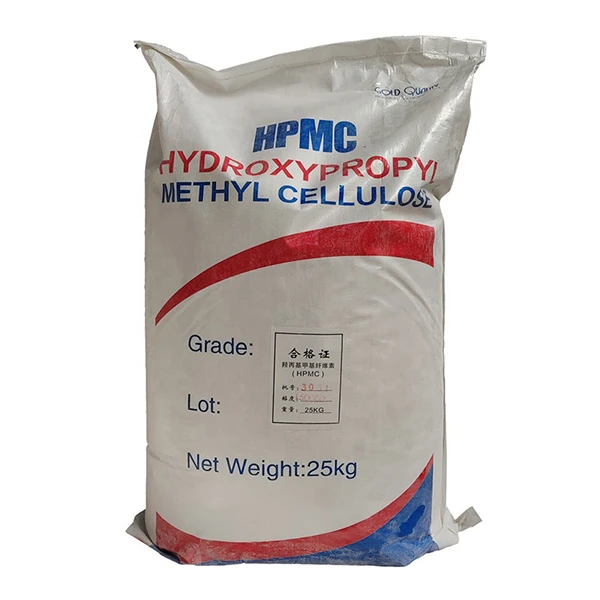HPMC Manufacturing Plants An Insight into Production and Applications
Hydroxypropyl Methylcellulose (HPMC) is a cellulose ether widely used in various industries, ranging from pharmaceuticals to construction. The manufacturing of HPMC involves a complex process that ensures high-quality products tailored to meet specific industry demands. This article explores the significance of HPMC manufacturing plants, their processes, and the diverse applications of the final product.
Understanding HPMC
HPMC is a derivative of cellulose, produced by the reaction of alkali cellulose with propylene oxide and methyl chloride. This modification imparts unique properties to cellulose, making HPMC a versatile compound. It is soluble in water, swells, and forms a gel-like consistency, providing excellent thickening, suspending, and binding properties. These characteristics make HPMC an essential ingredient in numerous formulations.
The Manufacturing Process
The production of HPMC involves several key steps
1. Raw Material Preparation The primary raw material for HPMC is cellulose, typically sourced from wood pulp or cotton. The cellulose must first be treated with an alkali to form alkali cellulose.
2. Etherification The alkali cellulose undergoes etherification, where it reacts with propylene oxide and methyl chloride. This reaction modifies the cellulose structure, resulting in hydroxypropyl and methyl groups being introduced into the cellulose molecule. The degree of substitution affects the solubility and viscosity of the final product.
3. Purification and Drying After etherification, the product is purified to remove any unreacted materials and by-products. This step is crucial to ensure the quality and performance of HPMC. The purified product is then dried to achieve the desired moisture content.
4. Milling and Sifting The dried HPMC is milled to produce a fine powder. This powder is then sifted to ensure uniform particle size, which is important for consistent performance in applications.
hpmc manufacturing plant

5. Quality Control Throughout the manufacturing process, rigorous quality control measures are implemented. This includes testing for viscosity, solubility, and impurity levels to ensure that the HPMC meets industry specifications.
Applications of HPMC
The versatility of HPMC allows it to be utilized in a wide range of applications
- Pharmaceuticals HPMC is commonly used as a binder and film-coating agent in tablet formulations. Its ability to form gels makes it ideal for controlled-release drug delivery systems.
- Construction In the construction industry, HPMC serves as a thickener in mortars and plasters. Its water-retention properties enhance the workability and adhesion of cement-based products.
- Food Industry HPMC is used as a food additive, serving as an emulsifier, thickener, and stabilizer in various food products. Its use in low-fat and gluten-free foods helps improve texture and mouthfeel.
- Personal Care In cosmetics and personal care products, HPMC functions as a thickener and film-forming agent. It helps in the formulation of lotions, creams, and gels by enhancing product consistency and stability.
Conclusion
HPMC manufacturing plants play a crucial role in producing a material that is essential across multiple sectors. As industries continue to evolve, the demand for high-quality HPMC will only increase. By investing in advanced manufacturing technologies and adhering to strict quality standards, HPMC producers can ensure that their products meet the ever-changing needs of consumers and industries worldwide. The future looks bright for HPMC, with new applications and innovations on the horizon, promising to expand its role even further in modern manufacturing processes.
-
The Application and Significance of Construction RdpNewsMay.19,2025
-
Industrial Grade HpmcNewsMay.19,2025
-
Building Coating Adhesive Building Coating Adhesive HpmcNewsMay.19,2025
-
Application Of Hpmc For Detergent For Detergent In DetergentsNewsMay.19,2025
-
Application Of Hpmc Cellulose In Cement-Based MaterialsNewsMay.19,2025
-
Application Of High Quality Hpmc For Construction In The Field Of ConstructionNewsMay.19,2025




